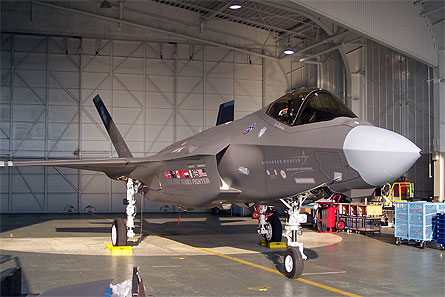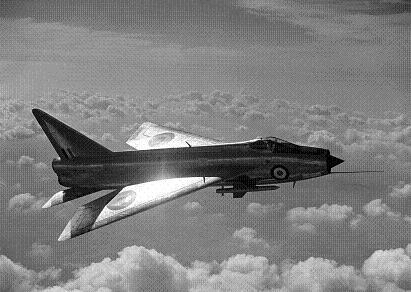Today's christening of the Lockheed Martin F-35 as the Lightning II marks a perfect opportunity to compare three generations of fighters bearing that illustrious name - the first two with distinguished in-service records behind them.
The table below clearly shows the advances that have taken place in technology and capability since World War II, but also illustrates how differing threats breed their own solutions.
In particular, the UK's Lightning - designed as the purest of pure air defence fighters to tackle the Soviet threat during the Cold War - stands out for its afterburner-assisted maximum speed, but short-range and minimal weapon load. Its endurance could be terrifyingly short for the pilot.
The new F-35, with its reliable single engine, is hugely superior in every way - the era of the M2.0+ fighter having come and gone with the theoretical capability scarcely ever used.
| Lockheed | English Electric | LockheedMartin | |
|---|---|---|---|
| P-38L Lightning | Lightning F.6 | F-35A Lightning II | |
| Entry into service | 1941 (P-38E) | 1960 (F.1) | 2010 (F-35B) |
| Length | 37.8ft | 55.25ft | 51.5ft |
| Span | 52ft | 34.8ft | 35ft |
| Empty weight | 12,800lb | 28,040lb | 26,500lb |
| Max weight | 21,600lb | 41,700lb | 60,000lb class |
| Max speed | 414mph | M2.27 (~1,500mph) | M1.6 (~1,200mph) |
| Range | 1,100nm | 700nm | ~1,200nm |
| Engine | 2 x Allison V-1710 | 2 x Rolls-Royce Avon | P&W F135 or GE/R-R F-136 |
| Power/thrust | 1,425hp each | 16,360lb each | 40,000lb class |
| Weapon load | 4,000lb | 2 missiles | 15,000lb+ |
| Gun(s) | 1 x 20mm +4 x 0.50in | 2 x 30mm | 1 x 25mm |

Lockheed Martin F-35A Lightning II

English Electric Lightning

Lockheed P-38 Lightning
It's on a matter of time before Lightning II pilots are saying "WIWOL" says Kieran Daly. Read his blog.
Source: Flight International























